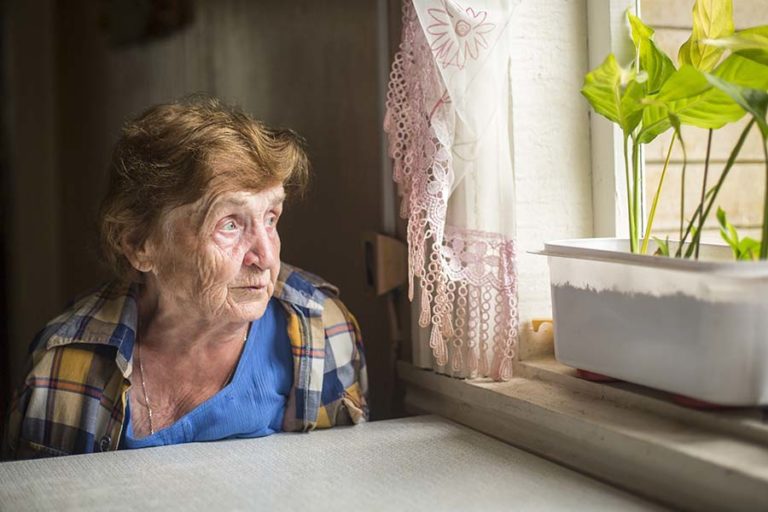What Is the Social Security Increase for 2022?
The Social Security Administration has announced a record-high COLA (Cost of Living Adjustment) for 2022, and recipients are eager to calculate just what this means for their monthly Social Security benefit. How to estimate the increase is the focus of the article “Social Security cost-of-living adjustment will give average retirees $92 more a month in 2022. How to estimate how much you’ll get” from CNBC.
The COLA for 2022 for Social Security or Supplemental Security Income (SSI) will be 5.9%. More than 64 million Americans will see their benefits increase in January, as will about 8 million recipients of SSI benefits.
The annual adjustment is based on inflation. While this is the highest increase since 1982, consumer prices have gone up as well, so the extra may not go very far. Experts say the average increase will be about $92—from $1,565 in 2021 to $1,657 in 2022. However, every beneficiary will see a different size of increase, mainly due to Medicare Part B premiums.
Payments for Medicare Part B are usually deducted directly from monthly benefits. Not everyone has Medicare Part B coverage, especially if they are still covered under an employer health plan or if they haven’t yet reached Medicare eligibility, age 65 for many.
The standard Medicare Part B premium is projected to be up by ten dollars from $148.50 to $158.60 per month, but rates have not been officially announced.
For those who are not covered by Medicare Part B, multiply the monthly benefit by 1.059 to approximate benefits for next year.
If you are covered by Medicare Part B, subtract $10 from the same calculation to get close to what your monthly payment for 2022 might be.
But—there’s always a “but”—people with incomes above certain levels will pay more for Medicare Part B. This is because of the Income-Related Monthly Adjustment Amount, or IRMAA. A new table for Medicare Part B premiums for 2022 has not yet been released.
Social Security and SSI beneficiaries will be notified by mail in December, and the information will also be available on the My Social Security website. If you’d like to discuss how this change and other recent changes in the law will impact your estate plan, you can book a call with us now.
New benefits for 2022 won’t be calculated for those covered by Medicare until after premiums for next year are announced. Those changes will be available, once they’ve been completed at Medicare.gov.
Reference: CNBC (Oct. 22, 2021) “Social Security cost-of-living adjustment will give average retirees $92 more a month in 2022. How to estimate how much you’ll get”










